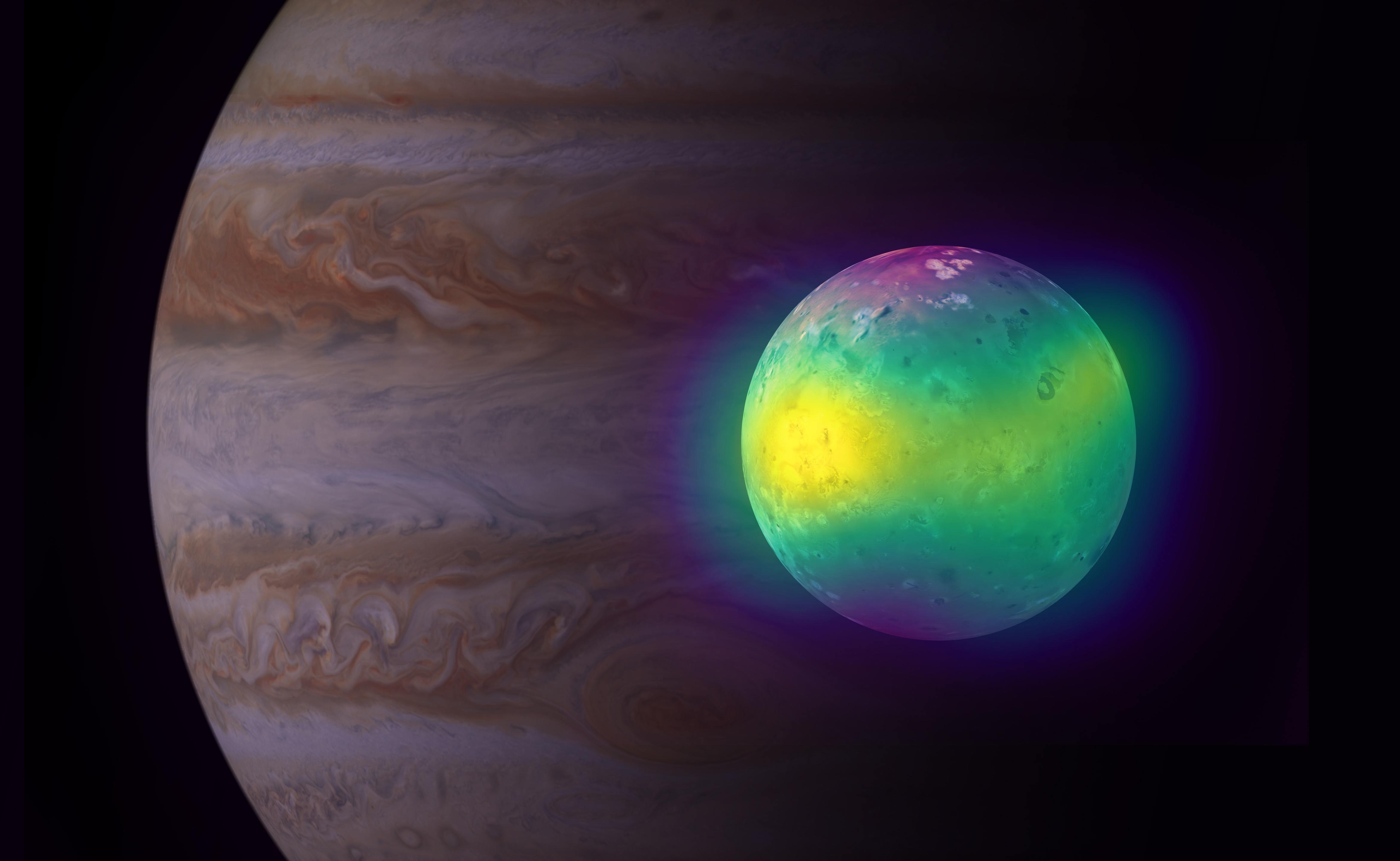
A team of space scientists at the Planetary Science Institute, working with colleagues from the Chinese Academy of Sciences, Shenzhen University and the University of Aberdeen, has used data from China’s Chang’E-4 rover to learn more about the history of the moon. In their study, reported in the Journal of Geophysical Research: Planets, the group analyzed lunar-penetrating radar (LPR) data sent back from the rover.
China’s Chang’E-4 rover has been wandering around on the far side of the moon since 2018...
Read More








Recent Comments